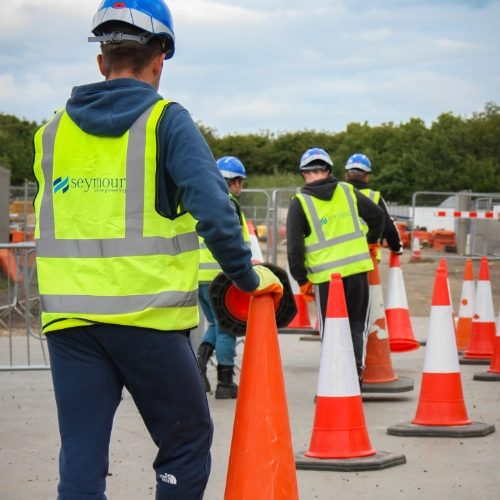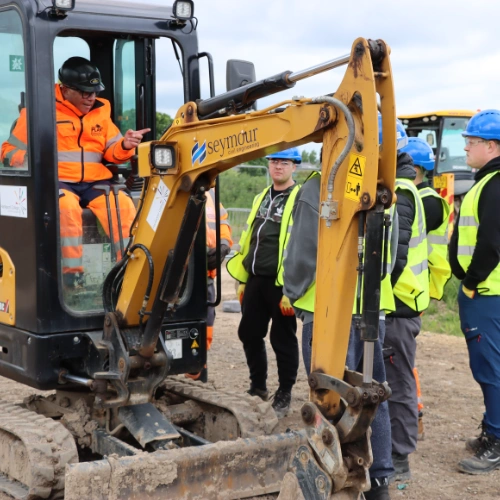Description
The course includes theory and practical training on:
- The use of Access equipment (tripod and winch system, rescue retrievers),
- The use of confined space rescue equipment, i.e. harnesses, atmospheric monitoring equipment, ventilation, use of 15 minutes emergency escape breathing apparatus,
- Effective confined space communication
- The responsibilities of the Top Person (Safety Attendant)
- Underpinning knowledge of confined space legislation
- Identification of confined spaces and associated hazards
- Awareness of confined space risk assessments
- Principles of safe systems of work for confined space operations
- Legal requirements
Course Aims
The course aims to prepare candidates to safely enter, work and exit low and medium risk confined spaces. It involves training on access equipment (tripod and winch system, rescue retrievers), confined space rescue harnesses, atmospheric monitoring equipment, ventilation, use of 15 minutes emergency escape breathing apparatus, confined space communications, and the duties of the Top Person (Safety Attendant).
Achievement Assessment
Practical exercises are completed using our purpose built confined space training unit, within which delegates will descend/ascend and traverse a designated confined space, wearing an approved safety harness and breathing apparatus with face mask/hood. Delegates will be expected to crawl through variable sized and shaped tunnels under several different simulated emergency conditions that include; noise, limited light, and variable safe atmospheric conditions including smoke.
Funding Available
AEB Funding is available for eligible learners.
Eligible learners must be:
- Aged at least 19 on 31st August 2024
- Reside within the Tees Valley
- Be unemployed or employed and earn less than the wage cap of £33,210 per annum
Additionally, CITB Grant is available for eligible learners to reclaim on completion of training.







